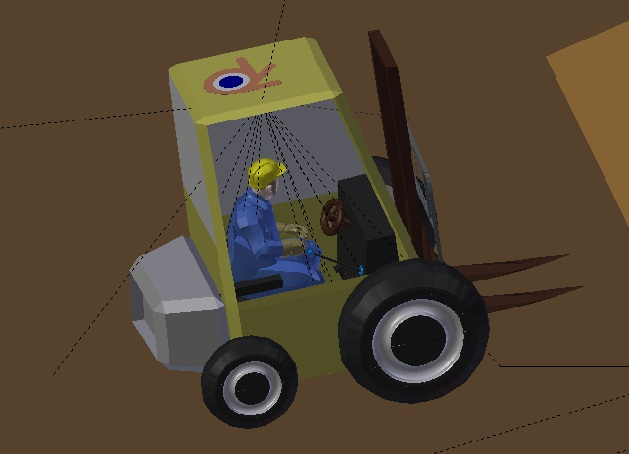Moving Beyond ‘Lift and Shift’ in FAO

Companies deciding to engage in finance and accounting outsourcing (FAO) often focus on simply moving lower-level transactional activities to a lower-cost location. This “lift and shift” approach to FAO does save money, but is short-sighted and can prevent FAO buyers from obtaining value of a much more long-term strategic nature. 
A recent white paper from Shared Services and Outsourcing Network (SSON), “FAO BPO Services: Life Beyond Lift and Shift,” examines some of the deeper benefits FAO can provide beyond pure labor arbitrage, or “lifting and shifting” of tasks and responsibilities. It will prove instructive to briefly review a few of the key ones.
Transformation – Rather than simply performing the same old tasks the same old way, but cheaper, a well-constructed FAO program can transform how a business looks at and operates its finance and accounting tasks, providing exponential long-term benefits in efficiency, effectiveness and cost.
As the white paper states, “this could include everything from process reengineering to automation.” By selecting an FAO provider who offers a chance to do things in a more technologically advanced and labor-efficient way, buyers of FAO services can radically improve how they manage their financial activities. Although transformation may well involve more upfront costs that lift and shift, the long-term benefits (including eventual savings) more than justify the investment.
Innovation – Transformation completely changes how processes are done. Innovation makes them better. Innovation can mean the application of process improvement methodologies such as Six Sigma, performing formerly manual processes electronically (such as scanning documents to eliminate paper storage and communication), and increasing the amount of self-service flexibility offered to employees (such as creating company intranet portals for HR/benefits inquiries). Like transformation, money and time must be invested upfront, but before too long the ROI will outstrip that of simple labor arbitrage by a significant amount.
Adopting Modern Technology – Both transformation and innovation will likely involve the use of technology to do things like automate lower-end F&A tasks, reduce or eliminate the “paper trail” and empower employees with self-service options. But FAO providers can also help clients perform at a more efficient and effective level by taking advantage of modern technologies such as cloud, mobile, and social media.
Especially when offered on an outsourced basis, cloud services offer high levels of availability, flexibility in the consumption model, and a reduction in the total cost of IT ownership. With the advanced capabilities of the latest smartphones, SSON notes that there is a new FAO trend in adding the ability to view, approve, and organize financial documents with the use of a smart phone. In addition, employees used to constant connectivity and immediate information access in their personal lives now expect it in their work lives, and outsourced mobile services are an easy way to provide this type of functionality with minimal overhead related to systems implementation or maintenance.
Last but not least, many organizations are greatly enhancing their internal communications capabilities by launching in-house social media networks, and also much more efficiently reaching out to customers through social media sites. As with mobile technology, employees used to the convenience of social media for instant group communication are coming to expect it in their work environment, and customers of companies providing online F&A services are performing a substantial amount of commercial activity via social media. FAO providers can deliver the expertise needed to quickly set up and operate a top-notch social media F&A practice.

